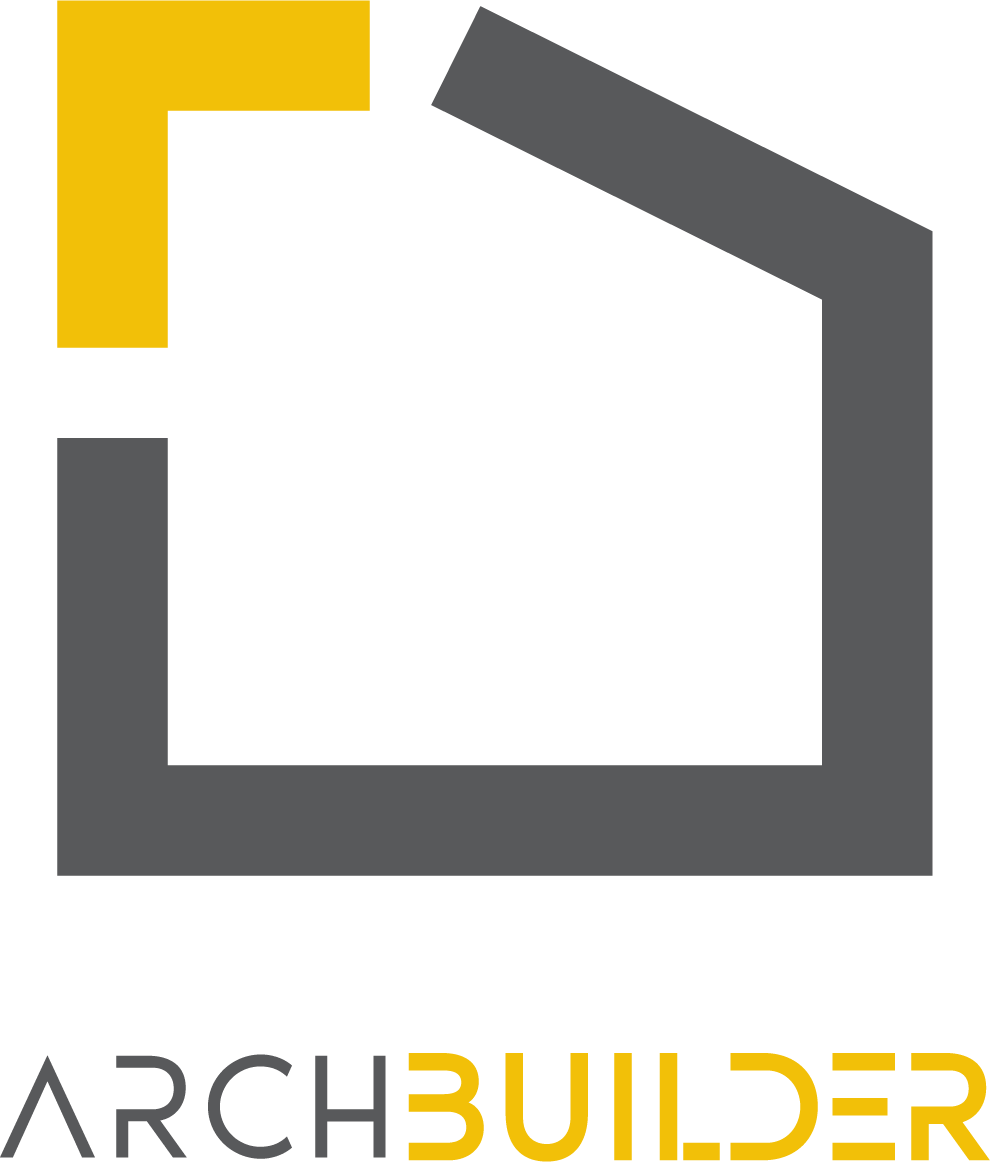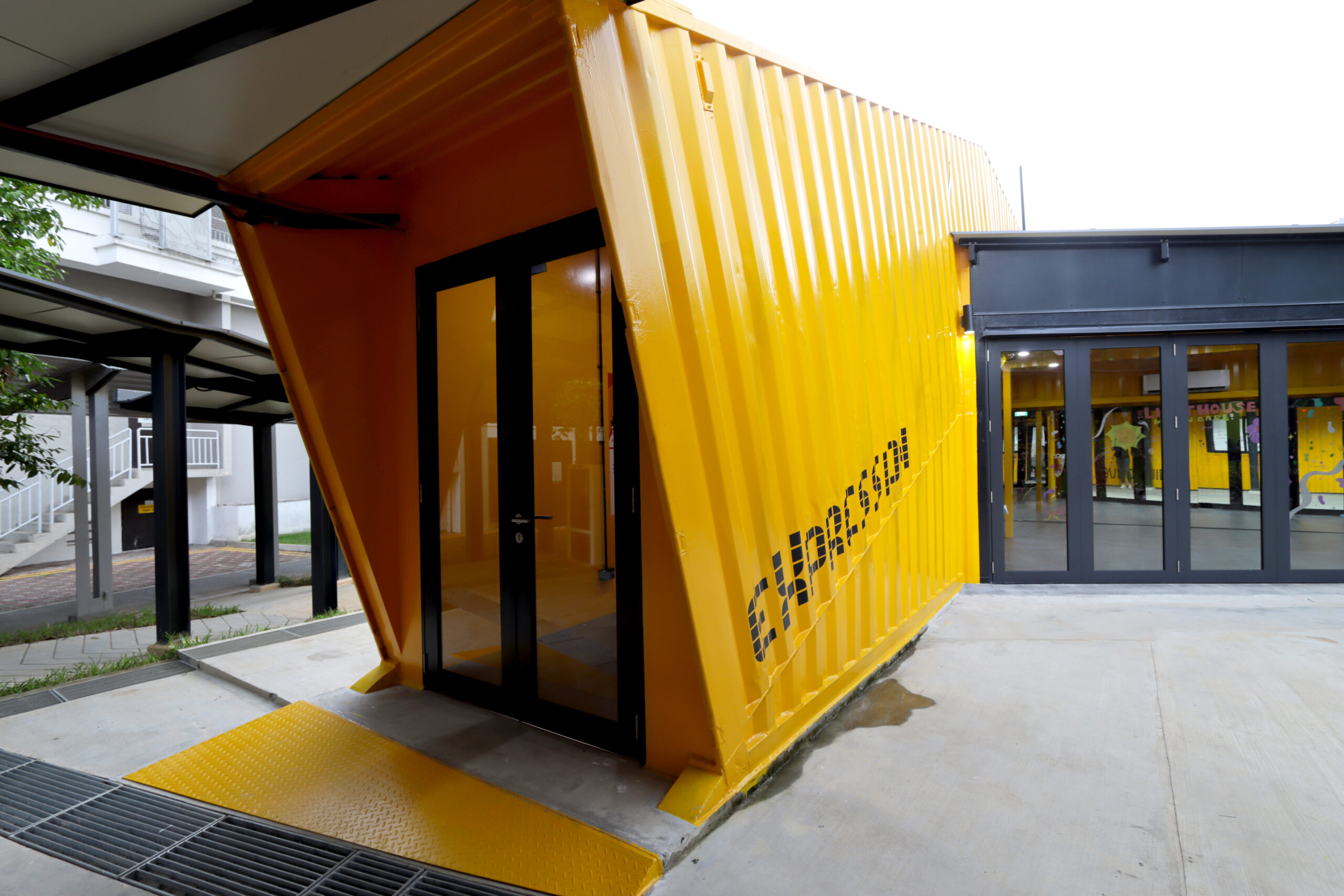Question 1: How does YWA Studio approach the balance between function and form in its architectural and interior design projects?
We approach every project on a very individualistic basis and this requires us to ask the right questions. No two projects are the same, hence the balance between function and form comes from understanding the priorities of our clients.
That being said, we would almost always begin outline planning with considerations of function at the forefront of any project. It dictates very preliminary programming as a base where we then further develop to reach the ideal formula between function and form as per the client’s requirements and desires. This is a back-and-forth negotiation between achieving optimum function while compromising form, or achieving form while compromising function.
The crux of the matter here is having the ability to hear and understand each client’s desires, wants, and needs.
Question 2: What inspired the design concept of using repurposed shipping containers for The Lighthouse?
At the core of any community project is the notion of doing positive things. We wanted to seize any opportunity we could to create a better way. This included the use of repurposed shipping containers as one of the core building blocks of the space. I have always been fascinated by the possibilities of working with shipping containers and this was an opportunity that excited me.
The name “The Lighthouse” was coined by MP Ms Sun Xueling and we found it extremely appropriate for how we envisioned the project to be. It would serve as a beacon of light for the youth of the community. No lighthouse is complete without an elevated and illuminated lantern, to achieve this; we have installed one of the containers at an incline. The peak had cutouts and a light would illuminate the highest peak of this installation. In fact, in the detailed design process consideration for this inclined container, there were compromises to be made. While having this configuration would mean compromising the functional space of the planned dance studio, it enhanced the function of the form to achieve a more poetic message.
This is probably where we would all pause for a moment and ponder, what is the form of function and what is the function of form?
Question 3: In the design of expression, the space for children and youths to express themselves creatively, how were the preferences and perspectives of the target demographic taken into account?
I would like to think that I was once a teenager who was heavily immersed in inhabiting the local urban jungle. Back in the day, I used to dabble in hip-hop and breakdancing. This gave me a first-hand perspective on how one would prefer a place for dance and creativity and I dare say that the key is to have a “vibe” that would inspire.
Nothing, absolutely nothing would stop a creative from expressing themselves when the inspiration comes, that energy is explosive and unstoppable. I have danced to my reflection in dance studios, closed shop fronts, and even my shadow from a street lamp.
Thus the space was designed to be functional when it is open to access on the inside and completely functional when closed. Even when the lights within the containers are turned off, I can imagine other aspiring dancers like I once was; dancing to their reflections from the glass doors.
Question 4: How did the idea of creating a youthful “street vibe” with shipping containers align with the overall mission of the youth community center?
One of the hurdles for communication is the generational gap. This is when one generation sees a difference in the beliefs, preferences, and tastes of the other. Being able to bridge this is an important step in getting “street cred” and gaining the attention of the youth. Of course, this isn’t as easy as just using shipping containers. It would be a discredit to the attention to the details the team has put in to achieve the “street vibe”
The Lighthouse has today. The angular composition of the containers, the color selection, and down to the font type for the container labels to name a few, are all part of the formula. The outcome is a space that is aligned with the overall mission of the youth by attracting the target audience it wishes to reach.
Question 5: What are some of the key challenges faced during the design and construction of The Lighthouse, particularly working with repurposed shipping containers?
The first challenge was that the containers being upcycled were not in perfect condition. I have to admit, the first time I saw them, I was scratching my head thinking to myself if I could accept the imperfections. I remember taking a few steps back and it dawned on me that the imperfections were perfect. They were signs of use, this project would be its chance to be re-born with a new life and new purpose. This was a lesson we could all learn from, it doesn’t matter how many times life knocks us down; we can always get back up and find new purpose.
The second challenge was getting the containers delivered and installed on-site. It had to be a perfectly orchestrated dance. I remember I had to get front-row seats for this performance and I was standing at the multi-story car park armed with my camera capturing a time-lapse.
The other challenges we faced was the fact that the containers were made of metal. This would mean that the spaces within the containers would heat up during the day. To tackle this issue, we designed a roof that would float above the top of the container with an air gap for insulation.
Question 6: YWA Studio aims to achieve thoughtful and meaningful designs. How does the firm encourage collaboration and creativity among its team members to achieve this goal?
The key to being thoughtful is to have great imagination. Imaginations were the predecessor of virtual simulations. The office culture is such that we should always have an open mind to learning, and not be afraid to raise questions and have open discussions. Having a no question or idea is ever stupid approach gives everyone the confidence to speak up. Very often you would find our team discussing different scenarios our design proposal would face, sometimes we might even step out to enact how inhabitants would engage in our design.
Most importantly we must have fun and enjoy every part of the work that we do.
Question 7: With a great approach towards sustainability, are there any future projects or initiatives that YWA Studio is excited about, and how does the firm plan to continue its mission of creating harmonious and purposeful designs?
At the moment we are happy to have completed The Lighthouse with upcycled shipping containers. We are looking forward to similar future opportunities and challenges that could potentially come our way. Until the next sustainable project comes along, we will be sure to keep ourselves abreast with sustainable building materials and technologies that can be applied to the built industry.
Question 8: Are there any specific design challenges or themes that YWA Studio is interested in exploring in future projects?
If I were to focus specifically on an exploration of sustainability, it would be great to be able to explore alternative building materials, especially one that I had touched on briefly in my final year project when I had done my master’s. Singapore being an island country with very limited resources, I had come across possible construction methods using minerals in the sea to create structures that can be as strong as concrete.
Another such project ould be exploration of how Singapore can be self reliant in terms of food supply with the aid of smart vertical famrs. How these smart vertical farms can be integrated into our future master planning.



